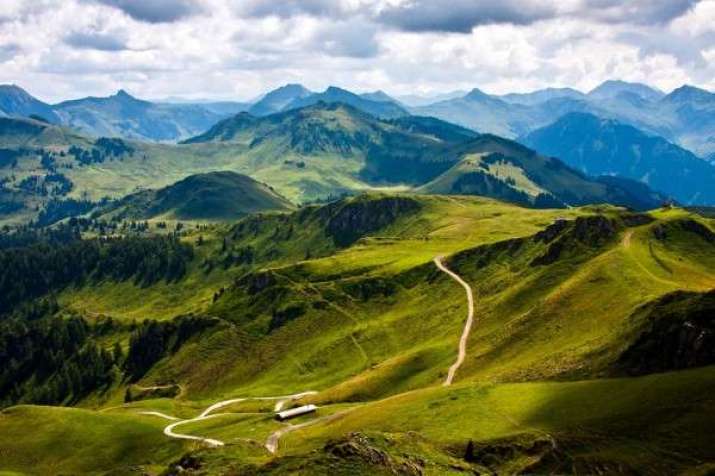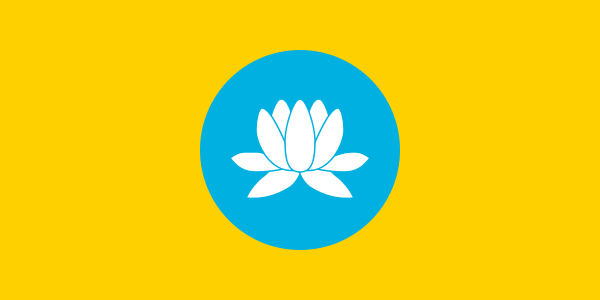
Buddhist Monks in Ukraine Relocate to the Carpathian Mountains to Escape War in Donbass
Orthodox Christian locals have mixed feelings…

Orthodox Christian locals have mixed feelings…

Buddhism first came to Russia in the 17th century and became firmly established mainly in three Russian republics, Buryatia, Kalmykia, and Tuva, where it had

On 7–9 September, the international scientific conference “Buddhism in the Third Millennium: Trends and Prospects for Development” was held in the sacred land of Tuva.

There are many exciting aspects to Chinese president Xi Jinping’s ambitious development framework known as “One Belt, One Road” (OBOR).* A Eurasian economic resurgence could

The year was 1993, shortly after the collapse of the Soviet Union. Two years had passed since the heroic city of Leningrad was rechristened Saint

The dizzyingly beautiful Altai Mountains lie across Russian, Chinese, Mongolian, and Kazakh territory. Hüiten Peak is the second-highest summit in this magnificent range, and part

Saint Petersburg’s only Vajrayana temple stands proudly by the northern bank of the chilly Greater Nevka, at the corner of Primorsky Prospect-Maritime Avenue and Lipovaya Alley. Datsan

Editor’s note: Bakaeva Elza Petrovna has a PhD in History and is Deputy Director of the Kalmyk Institute for Humanities of the Russian Academy of

Thanks to its Eurasian connections, the Tsardom of Russia (1547-1721) and its successor the Muscovy-Romanov Empire (1721-1917) experienced the Buddhist diffusion earlier than many other early modern empires,

The Buddhist presence in the Russian Empire (1721-1917) was not always welcome. The balance of power in Eurasia had shifted greatly since the medieval conquest

Dr. Terentyev’s third article in this series builds on the historical tensions between successive Russian administrations and the country’s Buddhist communities, which climaxed in the

The poignant story of Russia’s Buddhist nomad traditions, its spiritual republics, is ongoing. It is a living tale that is far from extinguished. Despite the